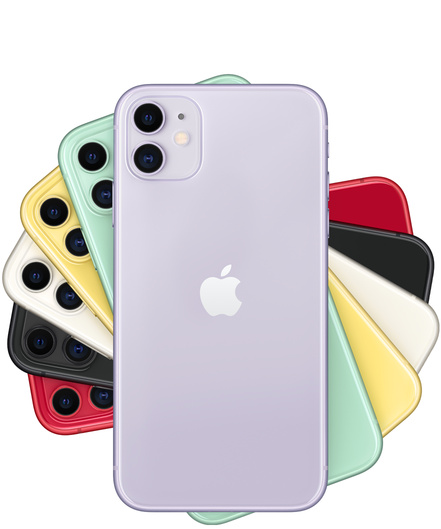However, when it comes to content management (file management, data synchronization and backup), I regard its capabilities as quite primitive, leading me to question how smart we should actually consider the device. I will discuss specific shortcomings later, but I first want to speculate on why this apparent blind-spot from a company usually so visionary. I hope you recognize the interdependent nature of these observations:
- An unnecessarily tight coupling with Apple's own iTunes and iCloud software, each of which has been criticized for its own usability issues.
- Apple does not appear to have seriously invested in iPhone file management, data synchronization and back-up strategies beyond its own iCloud service. This means, effectively, that the company is up-selling its customers additional iCloud storage as the "free tier quota" is quickly consumed.
- Since the roll-out of the original iPhone, Apple's primary focus appears to have been on consumer-oriented features such as increased camera/photo resolution, video recording, voice control (Siri), touch ID and improved battery life. Each of these enhancements play well in advertising campaigns as they are relatively easy to quantify.
- Although data synchronization as a concept is simple for most of us to grasp, it is deceptively nuanced and complex to implement. There are offline and online trade-offs around caching for performance and real-time access to systems-of-record that have to be considered as the device switches between WiFi and cellular networks. Furthermore, each application has its own notion of data attributes, think an iPhone Contacts app record versus a Microsoft Outlook Contact record.
- Apple corporation's notorious tendency to internally silo products and teams, likely make this type of enterprise-wide effort more difficult to anticipate and execute, even assuming the appropriate corporate stakeholder prioritization is in place.
- The smartphone class of devices has, in this regard, become a victim of its own success and ubiquity, as it increasingly becomes the hub of our digital lives. Ever more data management responsibilities -- mostly around our social, entertainment and financial well-being -- are being piled onto a device that was originally conceived as a simpler computer for the masses.
While I deeply admire Apple and even many aspects of the iPhone itself, I am underwhelmed and disappointed with some of the iPhone's content management (file/synchronization/backup) capabilities. Here are some specific problems:
- Inconsistent photo and video synchronization behavior. I have observed, across iPhone models running different iOS versions, the inability of the device to locally delete uploaded images and videos, even when explicitly instructed to do so. As a result, the device becomes "gummed up" with copies of images that I considered archived, requiring serious detective work to resolve.
- App organization. While it has improved over time, the device's ability to organize and locate apps remains quite crude.
- No unique device identifier appended to files. This could help in a variety of ways during synchronization, upload, backup and organization. At a minimum, it would help eliminate the possibility of file namespace collisions when multiple devices are archived to the same backup storage.
- Limitations of Apple ID model. Authentication through an Apple ID governs the features and data available to an iPhone user. For example, it controls access to data stored in iCloud and purchases made through iTunes. However, higher level data abstractions, such as an Apple customer's family and device inventory do not appear to be properly accounted for in the underlying architecture. This results in Apple's customers having to employ unnecessary and clumsy workarounds to share content.
- Offer an all Apple-ecosystem architecture and content management workflow that you (Apple) are able to simplify and optimize. However, you must also offer a hybrid ecosystem architecture and content management workflow. Most of us, in either or both our personal and professional lives, must straddle the Apple and non-Apple digital worlds.
- Continue (and complete) your evolution away from client-installed applications (e.g., iTunes and iCloud for Windows) towards a fully cloud-based architecture.
- Revisit the design that regards the Apple ID as the highest level data abstraction. Consider the notion of a household entity that would allow multiple Apple IDs and devices to be associated, smoothing the opportunities to exchange and synchronize content.
- Make your pricing model, for both the Apple-ecosystem architecture and the hybrid ecosystem architecture, simple and transparent.
- Provide the option for the device to "auto-organize" apps by categorizing using App Store attributes or user-defined tags or properties.
